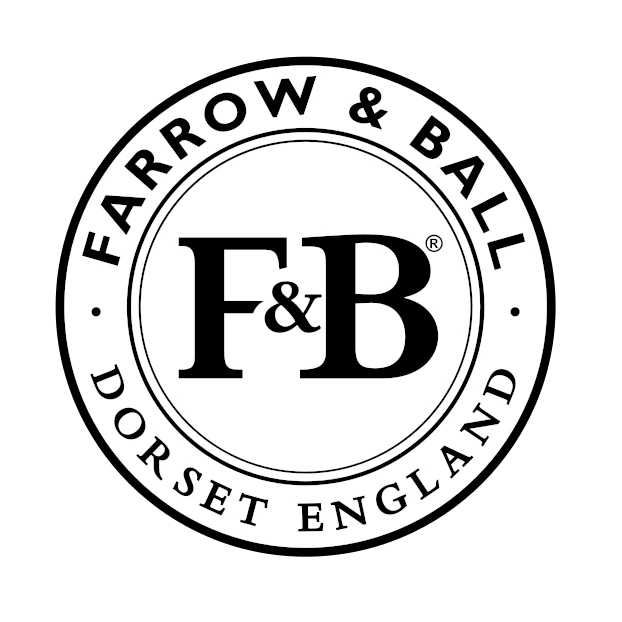Benjamin Moore Natural Beech 253
| Official page: | Natural Beech 253 |
| Code: | 253 |
| Name: | Natural Beech |
| Brand: | Benjamin Moore |
What color is Benjamin Moore Natural Beech?
Enhance the ambiance of your space with Benjamin Moore 253 Natural Beech - a warm and inviting hue that exudes a sense of tranquility and sophistication. This subtle yet versatile color pairs beautifully with soft whites, such as Benjamin Moore OC-17 White Dove, for a timeless look that brightens up any room. For a more modern touch, complement Natural Beech 253 with deep greys like Benjamin Moore 2132-10 Iron Mountain, creating a captivating contrast that adds depth to your decor. Elevate your interior design with this timeless color choice that effortlessly harmonizes with a variety of palettes, making it the perfect choice for any style preference.
Try before you buy
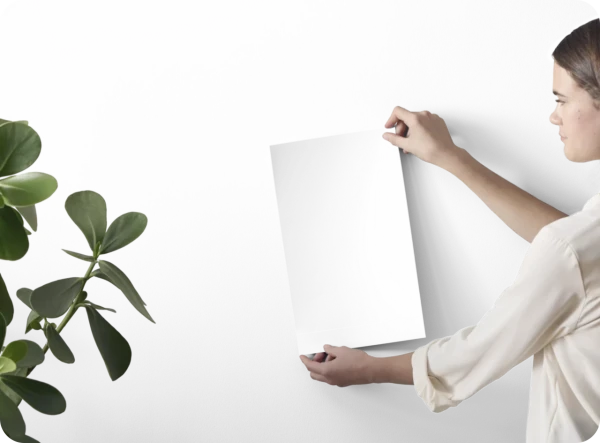

100% accurate
reusable paint samples

Peel, stick,
and repeat

Twice painted
with real paint

Next day
delivery
What are Benjamin Moore Natural Beech undertones?
The undertone of Natural Beech can be accurately described as a Yellow hue, as is apparent from the color space provided. By isolating the pure hue and eliminating any tints, tones, and shades, we were able to precisely determine its undertone. This approach has proven to be more accurate than traditional methods of defining undertones on a white background, which are now considered outdated.
HEX value
HEX value:
#EEE5C7
RGB code:
238, 229, 199
Is Benjamin Moore Natural Beech 253 cool or warm?

With a hue of 46° thisYellowrefers warm paint shade according to HSL (Hue, Saturation, Lightness) on the color wheel.
253 Natural Beech HSL code: 46, 53%, 86%
Hue - degree on a color wheel from 0 to 360. 0 is red, 120 is green, and 240 is blue.
Saturation is expressed as a percentage. At 0%, it appears as a shade of grey, and at 100%, it is in full color..
Lightness is also a percentage value. 0% is black, and 100% is white.
- Warm colors are ideal for kitchens, living rooms or bathrooms
- Warmer hues make larger spaces feel more inviting
- Warm yellow shades bring a sunny and cheerful atmosphere to a space, making it feel lively and welcoming, perfect for kitchens, living rooms, and play areas.
- To prevent a space from feeling too monotonous, consider pairing warm light shades with richer tones like deep greens or browns, or adding textures through fabrics and furnishings. Avoid using them in rooms with limited natural light, as they may appear too dull or yellowish
Act like a pro: Mixing warm and cool shades is a must have to get harmonius interior. Add accents that contrast with the primary color to create visual balance. If your walls are a warm color, don’t forget to add accent in cold colors (furniture, art, décor). A good practice is too use a complementary color scheme.
How light temperature affects Natural Beech
Natural Lighting. During the day, natural light shifts from about 2000 K at sunrise/sunset to 5500–6500 K at noon.
In addition, natural‑light temperature depends on its direction:
| Direction of sunlight | Visible temp. | Hue | Duration |
|---|---|---|---|
| North | Cool | Bluish | All day |
| East | Warm | Yellow | Before noon |
| West | Warm | Orange‑red | After noon |
| South | Warm | Orange‑yellow | All day |
Artificial Lighting. When choosing bulbs, pay attention to their color‑temperature (Kelvins).
Use the slider to see how this Yellow shade looks under different lighting:
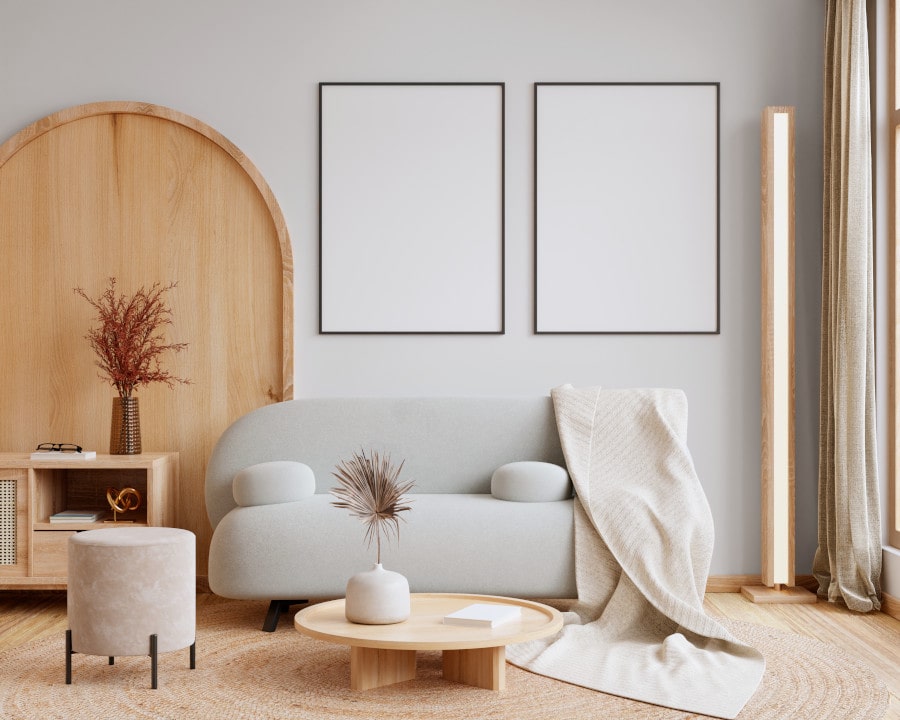
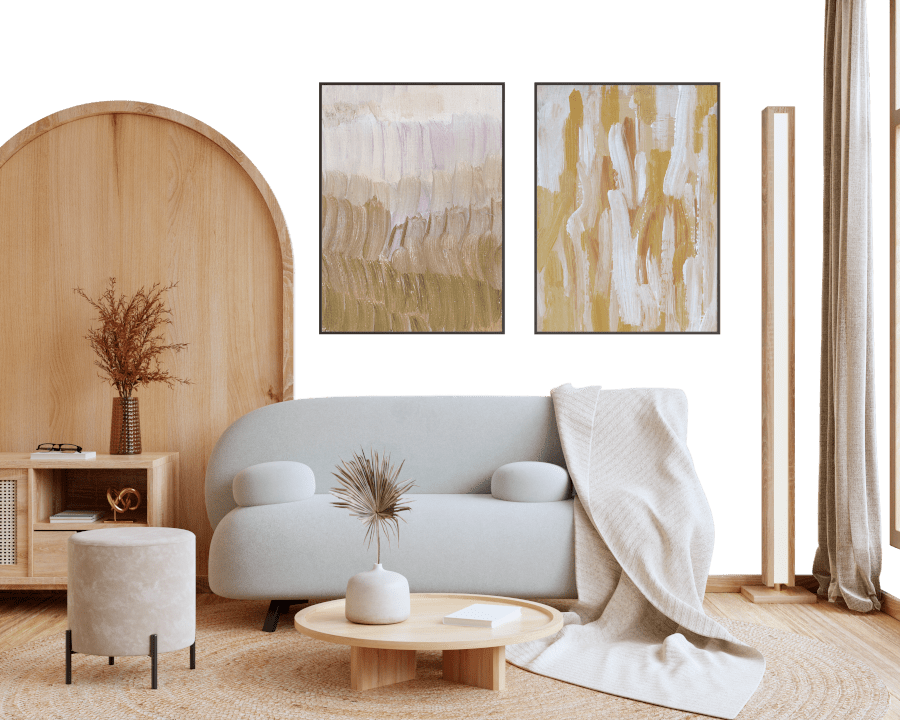
4000K
Coordinating colors.
Colors that go with Benjamin Moore Natural Beech:
Monochromatic color scheme

This scheme consists of various shades, tints, and tones of a single color. While it offers a perfect combination of hues, without accent décor it may become monotonous.
Lighter shades
253
Natural Beech
Darker shades
Complementary color scheme

This color scheme is a combination of two shades that are opposite each other on the color wheel. The high contrast between these colors creates a vibrant and dynamic visual effect. For the color Natural Beech with a orange hue, complementary colors are those with a blue hue close to 226, such as Benjamin Moore Oxford Gray and Flower Box.
LRV of Natural Beech
Natural Beech has an LRV of 75.14% and refers to Off‑White colors that reflect a lot of light. Why LRV is important?

Light Reflectance Value measures the amount of visible and usable light that reflects from a painted surface.
Simply put, the higher the LRV of a paint color, the brighter the room you will get.
The scale goes from 0% (absolute black, absorbing all light) to 100% (pure white, reflecting all light).
Act like a pro: When choosing paint with an LRV of 75.14%, pay attention to your bulbs' brightness. Light brightness is measured in lumens. The lower the paint's LRV, the higher lumen level you need. Every square foot of room needs at least 40 lumens. That means for a 200 ft2 living room you’ll need about 8000 lumens of light – e.g., eight 1000 lm bulbs.
Color codes
We have collected almost every possible color code you could ever need. To copy the code, just click the icon to the right of it.
| Format | Code | |
|---|---|---|
| HEX | #EEE5C7 | |
| RGB Decimal | 238, 229, 199 | |
| RGB Percent | 93.33%, 89.80%, 78.04% | |
| HSV | Hue: 46° Saturation: 16.39% Value: 93.33% | |
| HSL | hsl(46, 53, 86) | |
| CMYK | Cyan: 0.0 Magenta: 3.78 Yellow: 16.39 Key: 6.67 | |
| YIQ | Y: 228.271 I: 15.003 Q: -7.432 | |
| XYZ | X: 73.587 Y: 78.34 Z: 65.262 | |
| CIE Lab | L:90.935 a:-1.81 b:15.743 | |
| CIE Luv | L:90.935 u:7.014 v:23.375 | |
| Decimal | 15656391 | |
| Hunter Lab | 88.51, -6.489, 18.24 |
Color equivalents
M310-2
Proper Temperature
Behr
2151-60
Linen Sand
Benjamin Moore
HC-3
Greenmount Silk
Benjamin Moore
246
Westchester Tan
Benjamin Moore
CSP-965
Knitted Cape
Benjamin Moore
CSP-935
Sweet Cream
Benjamin Moore
260
Swans Mill Cream
Benjamin Moore
CSP-995
Butter Cookie
Benjamin Moore
261
Norfolk Cream
Benjamin Moore
CW-105
Bracken Cream
Benjamin Moore
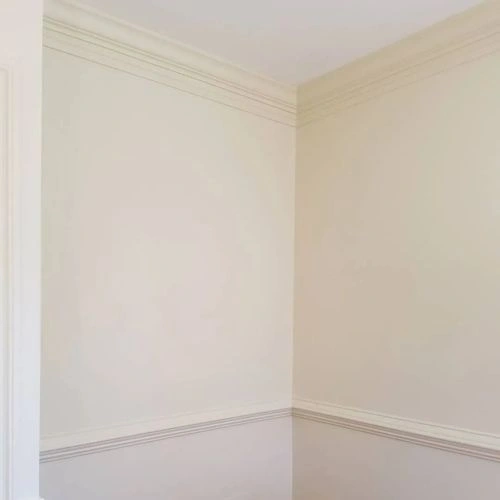
184
Ivory Lustre
Benjamin Moore
218
Beach Haven
Benjamin Moore
SW 6399
Chamomile
Sherwin Williams
SW 7561
Lemon Meringue
Sherwin Williams
OC-116
Pale Celery
Benjamin Moore



